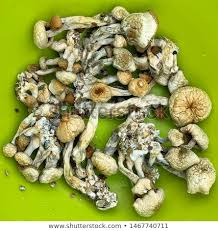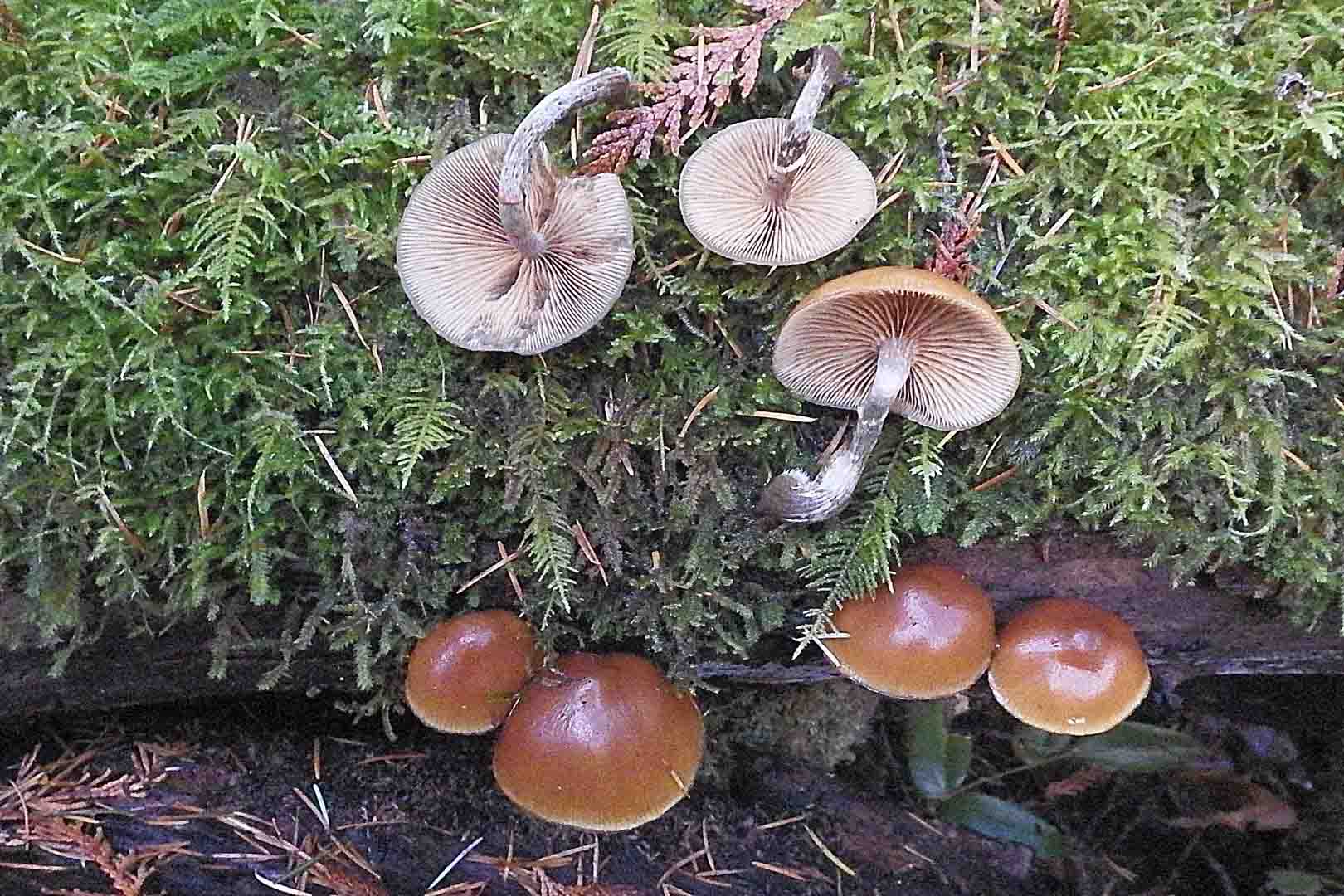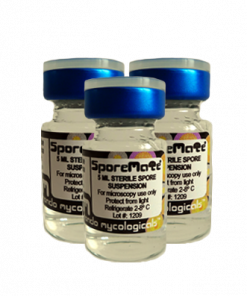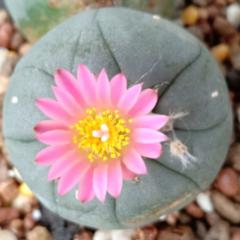Buy Psilocybe Cyanescens
Appearance Psilocybe cyanescens has a hygrophanous pileus (cap) that is caramel to chestnut-brown when moist, fading to pale buff or slightly yellowish when dried. Caps generally measure from 1.5–5 cm (½” to 2″)Buy Psilocybe Cyanescens across, and are normally distinctly wavy in maturity. The color of the pileus is rarely seen in mushrooms outside of the P. cyanescens species complex. Most parts of the mushroom, including the cap and Lamellae (gills, underneath the cap) can stain blue when touched or otherwise disturbed, probably due to the oxidation of psilocin. The lamellae are adnate, and light brown to dark purple brown in maturity, with lighter gill edges. There is no distinct annulus, but immature P. cyanescens specimens do have a cobwebby veil which may leave an annular zone in maturity. Both the odor and taste are farinaceous. P. cyanescens has smooth, elliptical spores which measure 9–12 x 5–8 µm. According to some authors, the holotype collection of the species from Kew Gardens featured no pleurocystidia, but North American collections are characterized by common clavate-mucronate pleurocystidia. However, pleurocystidia are present in the holotype collection (but not easily to observe since hymenium is collapsed). In European collections of P. cyanescens Buy Psilocybe Cyanescens , pleurocystidia are common and their shape is identical to those known from the United States. In 2012, an epitype from Hamburg, Germany was designated. Fresh sporocarps and mycelia of P. cyanescens generally bruise blueish or blue-green where damaged, and the staining remains visible after drying. This staining is most noticeable on the stem (which is white when undisturbed) but can also occur on other parts of the mushroom, including the gills, cap, and mycelium. This staining is due primarily to the oxidation of psilocin. (Psilocybin cannot be oxidized directly, but is quickly converted via enzymatic action to psilocin at injury sites which can then be oxidized, so even specimens with little psilocin still generally blue.) Buy Psilocybe Cyanescens in situ
Do not confuse with
Small brown mushroom are difficult to identify and some are highly toxic. Spore prints help to distinguish Psilocybe species from small, brown mushrooms that contain deadly toxins. If the spores are dark purplish brown, the mushroom may be a Psilocybe. If the spore print is rusty brown or cinnamon brown, the mushroom is not a Psilocybe and may be a Galerina or Conocybe species that contains potent, liver-destroying amatoxins. The deadly toxic Galerina marginata can also grow on wood chips, like Ps. cyanescens. The stem of Galerina marginata turns black(ish) with age, Buy Psilocybe Cyanescens but never blue. It also has a much more distinct fibrous ring on the stem than Ps. cyanescens. The cap of G. marginata does not usually become wavy as it expands. Be in particular aware of the colour difference: blue stem in Ps. cyanescens, black stem in Galerina marginata. Don’t talk yourself into believing that black is blue! buy psilocybe cyanescens spores
-
Pileus Psilocybe Cyanescens for sale online
Cap 2-4.5 cm broad, convex, becoming nearly plane with a low umbo; margin striate, often wavy, sometimes upturned in age; surface smooth, sticky when moist, hygrophanous, brown, fading to yellow-brown or buff; flesh thin, brittle in age, bruising blue. Buy Psilocybe Cyanescens
-
Lamellae
Gills adnate to seceding, close when young, subdistant in age, pale cinnamon brown, becoming dark grey-brown, edges lighter than the faces, mottled from spores at maturity. buy psilocybe cyanescens spores
-
Stipe
Stipe 3-6 cm tall, 3-6 mm thick, equal to sometimes enlarged at the base, the latter with conspicuous thickened mycelium (rhizomorphs); surface white, smooth to silky, bruising blue; veil fibrillose, forming a superior, evanescent hairy, annular zone.
-
Spores
Spores 9-12 x 6-8 µm, elliptical, smooth, with an apical pore; spore print purple-brown to purple-grey. Buy Psilocybe Cyanescens
-
Habitat
Scattered to gregarious on woody debris, leaf litter, and wood chips; fruiting from late summer in watered areas to mid-winter.
-
Edibility
Hallucinogenic.
-
Comments
Psilocybe cyanescens is recognized by a chestnut-brown, striate, wavy-margined cap that soon fades to yellow brown or buff, and blue-staining fruiting body. Because of its hallucinogenic properties, it is sometimes the subject of experimentation, Buy Psilocybe Cyanescens a potentially dangerous practice because of toxic look-alikes in Galerina, Conocybe and Inocybe.
| Quantity | Oz, Quater pound, Half Pound, Pound |
|---|
1 review for Buy Psilocybe Cyanescens
Add a review Cancel reply
Related products
Mushrooms
Mushrooms
Mushrooms
Mushrooms














Russell –
A+ Everything took on quickly.. Plus a freebee worth a 1/3 my order… Much appreciated guy’s!